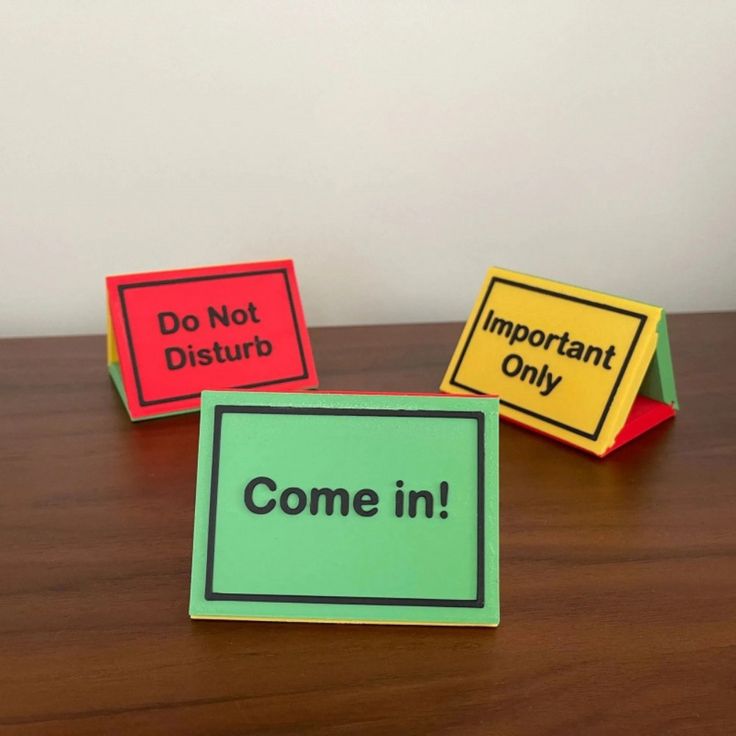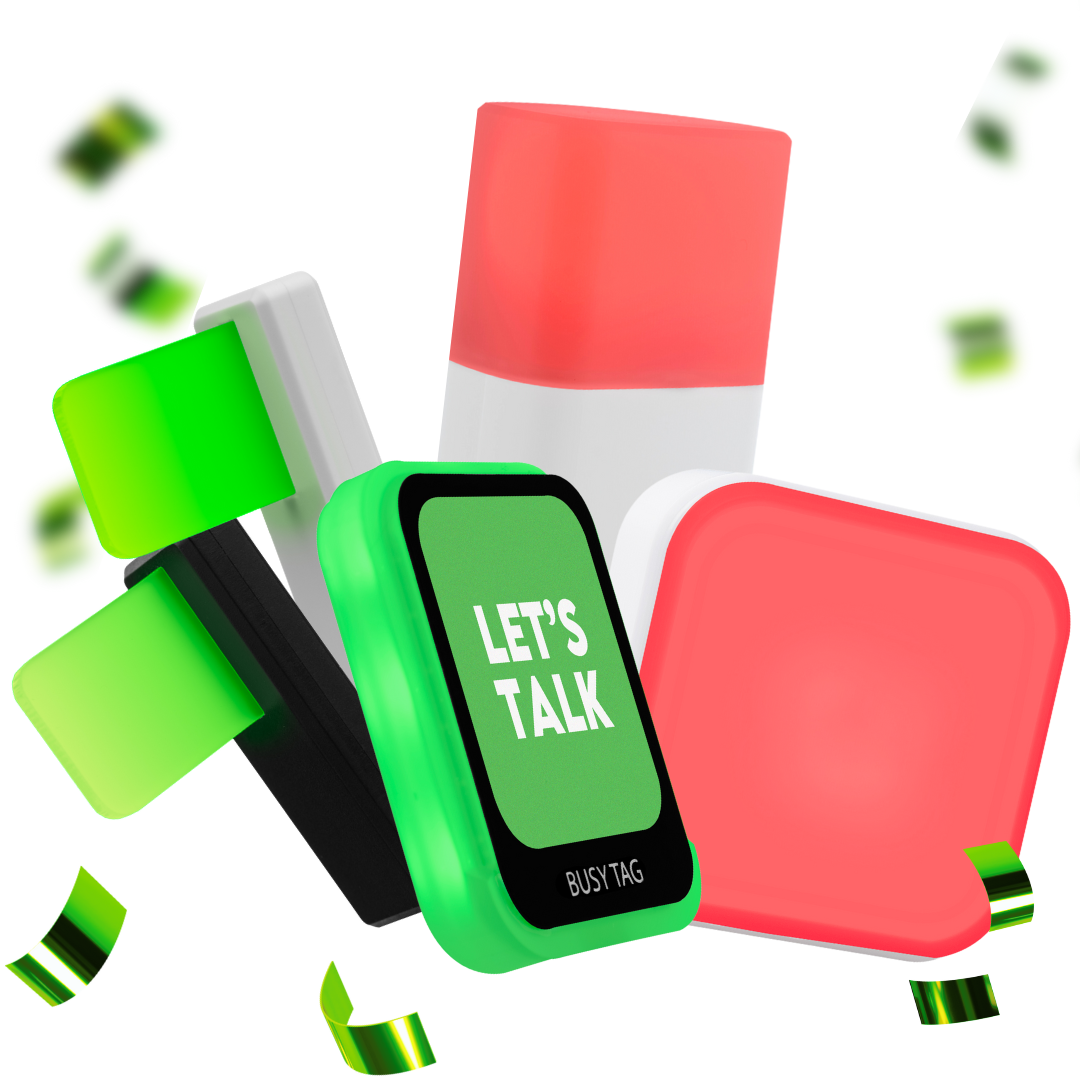The Science of Office Lighting: How Luxafor Improves Productivity and Well-Being at Work

There are some tricks for increasing productivity at work that will help you feel fantastic and perform at your highest level. There are benefits to office plants, desk exercises, and yes, even procrastination. However, what about the illumination? The amount and type of lighting in your office can have a big impact on how well your employees perform, and it can also have a big impact on their health.
More than merely sight, office lighting has a direct impact on wellbeing, productivity, and happiness. Because it can directly affect mood, sleep quality, cognitive function, and productivity, proper lighting is essential for work. Here are a few strategies to maximize light and productivity using work lighting.
Introduction to Light and Productivity
The majority of workplace spaces suffer from an insufficient balance of artificial and natural light. These areas frequently disregard the possibilities of natural light, depending instead on the scant rays that enter through obscured windows. This problem is exacerbated by the fact that bright white fluorescent lights dominate the artificial lighting in many businesses, producing an uninteresting environment that hinders workers' wellbeing and productivity.
According to the study, workers who sat close to windows were 63% less likely to get headaches and 51% less likely to suffer from computer-related eyestrain. Additionally, a 56% reduction in tiredness allowed workers to focus for longer periods of time.
Daylight features are used by businesses to assist staff in managing their circadian cycles. Employee stress results from the offsetting of these rhythms. Productivity and stress cannot coexist. Incorporating sunshine into an office, however, can improve human performance.
Evidence of How Light Influences Circadian Rhythm
Some of the physical and mental changes you go through are part of your circadian rhythms. These rhythms are primarily influenced by light and dark, but they are also impacted by social environments, physical activity, stress, and food consumption. Almost all human tissues have their own circadian rhythms, which work together to synchronize with the day-night cycle.
A biological clock is the mechanism that governs an organism's natural sense of time and regulates circadian rhythms. It is made up of thousands of genes that encode proteins that turn on and off in a particular order. All of an organism's biological clocks are synchronized by a master clock. The following are the main things that throw off your circadian rhythm at work:
- Digital Device Exposure: Inappropriate wake-promoting signals are triggered by the blue-enriched light from computers, tablets, and cellphones that simulates natural sunshine. You can affect your capacity to fall asleep naturally by delaying melatonin production by up to three hours with only two hours of screen use in the evening.
- Lack of Daylight: The majority of individuals spend 90% of their time indoors under artificial illumination that is too low to adequately regulate their circadian rhythm. This results in a constant twilight, making it harder for their clock to distinguish between day and night.
- Evening Artificial Light: The majority of indoor illumination in the evening is bright enough to inhibit the generation of melatonin, but not sufficiently so to control it. Consistent sleep patterns are more difficult to maintain when the rhythm is confused by this mixed input.
An evening schedule that includes intense indoor lighting, screen time, and irregular bedtimes, for instance, generates a number of signals that interfere with your body's normal circadian rhythm. Examining these relationships clarifies why problems may not be solved by targeting a single factor.
Luxafor Lighting Solutions for the Workplace
Luxafor provides wireless and team-wide solutions in addition to busy lights for your workstation. For instance, because it doesn't require a constant connection to a computer, the Luxafor Bluetooth Busy Light is ideal for remote or hot-desking work. Another option is the Luxafor Switch, a little controller that you can place on your desk to quickly change your status without using an app. This is useful for brief periods of seclusion or concentration.
The way Luxafor light interfaces with workflows and productivity programs is another helpful aspect. It is possible to program your light to automatically turn green when you have some free time, red when a Zoom call begins, or even flicker to remind you to take a break.
In order to facilitate meeting coordination and prevent interruptions to in-depth work sessions, teams can also utilize Luxafor solutions to quickly view everyone's availability. It's a straightforward method of establishing respect and order in both remote and open workplace settings.
Benefits of Luxafor in Office Settings
There are alternative methods to recover your investment, even though switching to LED office lightbulbs and utilizing natural light would save you money. From sensors to Wi-Fi management, a variety of lighting choices can improve office comfort and work efficiency. When you upgrade your lighting system, consider the following Luxafor technology features:
- Motion sensors: When employees are present, light is released; when no movement is detected, the light is immediately shut off.
- Timers: Use timers to turn off lights if your workplace hours are automatically established. In addition to saving money when the office is closed, this will encourage staff to finish their tasks on time.
- Smart busy lights: To keep employees focused and attentive, a program uses your smartphone or lighting hub to change the light levels throughout the day.
Those who don't fully illuminate their rooms may have severe eye strain. In the digital age, this is particularly relevant because we work on computers and mobile devices that have illumination that isn't up to par. In addition to providing a comfortable workspace for workers, ambient light can be an eye strain reduction means caused by computer and phone screen lighting.
Regulation of the Circadian Rhythm
Natural light exposure is essential for the circadian rhythm. Artificial illumination frequently throws off this cycle in contemporary offices, which causes weariness and diminished concentration. With the use of configurable colors and signals, Luxafor's light-based productivity tools, like Luxafor Busy Lights and Luxafor Flags, align work schedules with the cycles of natural energy. In order to help employees manage their day, balance active and rest intervals, and lessen digital tiredness, teams can program signal shifts to mimic natural light rhythms.
Enhancement of Cognitive Abilities
The proper lighting environment improves creativity, memory, and focus. In a similar vein, reducing needless disruptions through the use of Luxafor signals for status indicators improves cognitive performance. For instance, a Luxafor Busy Light helps maintain focus and promote mental acuity by indicating when a worker is deeply engaged in their work. When used in conjunction with interfaces such as Microsoft Teams or Outlook, Luxafor signals foster an environment that maximizes collaboration, which results in increased productivity.
Case Studies and Practical Examples
Luxafor's efficacy frequently depends on timing, positioning, and color signals. The busy light will be visible to others without being distracting if it is positioned at eye level. Teams can easily adjust to predictable patterns created by timing signals with calendar events. These signals automatically reflect real-time status when coupled with programs like Zoom or Outlook, which reduces the need for manual updating and improves team communication.
- Studio for design. In the past, frequent workstation visits disrupted the creative flow. Following this, the studio introduced Busy Lights connected to calendar emphasis blocks. Designers employed a green light for review-ready work and a red steady light for in-depth work. Less disruptions, quicker review cycles, and more transparent handoff windows between designers and PMs are the outcomes.
- Customer service department. Previously, it was difficult for agents to determine who was on a call. After: agents utilized a blinking yellow "wrap-up" indicator in addition to a blue "on call" indicator. Supervisors observed a calmer shift rhythm and fewer unintentional transfers.
Final Thoughts: Light, Productivity, and Luxafor
Focus, energy, and teamwork are all greatly impacted by how we handle light during the workday. The impact of lighting and visual cues on productivity is more than most people think, ranging from enhancing cognitive function to promoting the body's natural rhythm.
Luxafor provides a simple solution if your team experiences frequent disruptions, ambiguous availability, or a loss of productivity throughout the day. See how a little light may have a huge impact by starting simple with a single device or implementing team-wide signaling.
FAQ
How does light affect productivity?
Sunlight exposure is essential. It can increase the 'happy hormone' serotonin, which helps lower anxiety and depression levels. Therefore, it should come as no surprise that a lack of light might reduce worker satisfaction and productivity.
How does Luxafor help in maintaining focus and reducing distractions?
By offering a visual indication of one's availability, the Luxafor Flag seeks to reduce these interruptions. It improves focus by minimizing disruptions, which raises output and creates a more peaceful work environment.
Can Luxafor improve remote team communication?
With Zoom integration, you can visibly communicate your availability to others, increasing productivity. Professionals that need to keep organized, discuss the state of their meetings, and cut down on distractions will find it ideal.
Is Luxafor suitable for all types of work environments?
Luxafor can be used in a variety of professional settings since its visual cues and integrations facilitate team collaboration across geographical boundaries. The design and flexibility enable modification and integration with a variety of apps via platforms such as Zapier and IFTTT, even though it is popular in open-plan offices.














